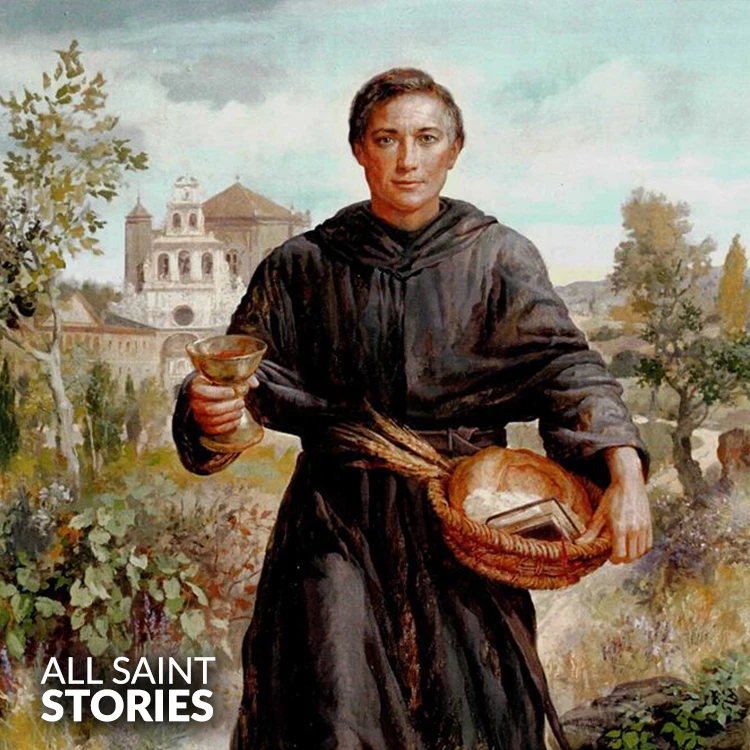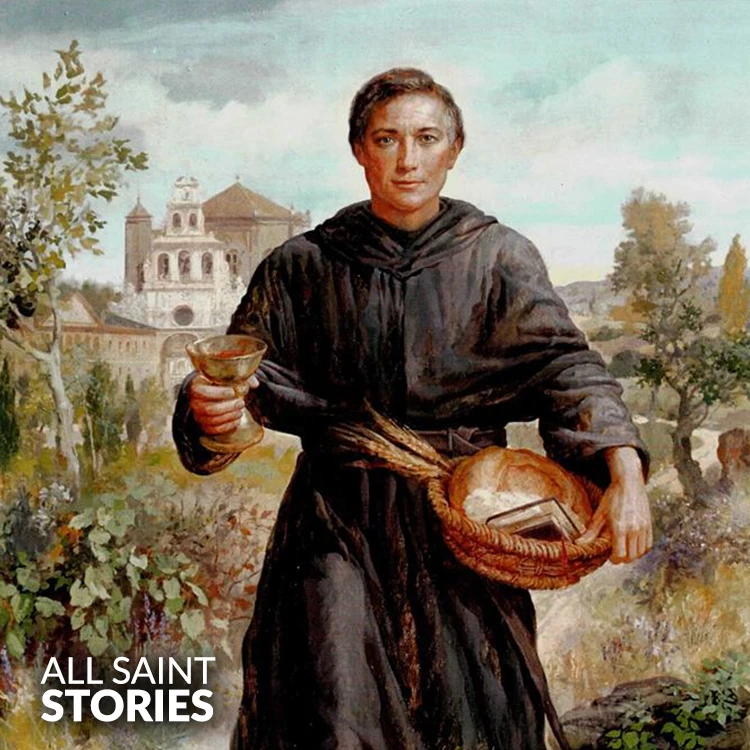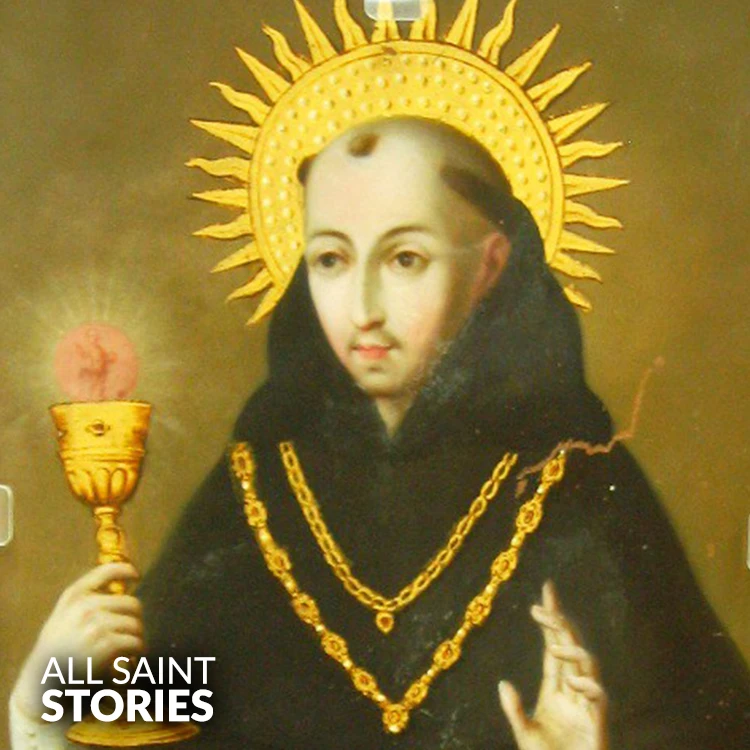"Saint John of Shagun, faithful servant of God, Through your prayers, may we find strength in our struggles and peace in our hearts. Guide us with your wisdom, protect us with your grace, And help us to walk the path of faith and love. Intercede for us, that we may live in harmony with God's will, Now and forever. Amen."
ST. JOHN OF SAHAGUN
ST. JOHN OF SAHAGUN

St John of Sahagun, born in 1419 in Spain, was an Augustinian friar renowned for his devotion to the Blessed Sacrament and fearless preaching against vice and injustice. After joining the Hermits of St. Augustine in Salamanca, he became a Master of Novices and Prior. His spiritual influence converted many sinners, and his peacemaking efforts resolved feuds. He passed away in 1479, reportedly poisoned by those opposed to his work. Beatified in 1609 and canonized in 1690, he remains a model of unwavering faith and justice.
St John of Sahagun, born Juan González Catrillo in 1419, was named after his hometown in northern Spain. From a young age, he exhibited intelligence and a strong religious inclination, which caught the attention of the Bishop of Burgos. Recognizing John's potential, the bishop took him under his wing, providing him with both education and a place in his household.
John was ordained a priest at the age of 26 and soon became a canon at the cathedral in Burgos. His desire for deeper theological understanding led him to study for four years at the prestigious University of Salamanca. During this time, his reputation for holiness and wisdom grew, attracting those seeking spiritual guidance.
In 1463, after undergoing surgery, John experienced a turning point in his life. Feeling a profound call to a more austere and contemplative life, he entered the Hermits of St. Augustine in Salamanca. There, he quickly distinguished himself in both discipline and leadership, being appointed as Master of Novices and later as Prior of the community.
St John’s deep devotion to the Blessed Sacrament was one of the defining aspects of his spirituality. It is said that during Mass, he often experienced divine visions in which the Sacred Host was revealed to him in extraordinary ways. His days were structured around prayer, adoration, and the celebration of the Eucharist, through which he derived immense spiritual strength.
John was also known as a courageous and uncompromising preacher. He spoke boldly against corruption, immorality, and the abuses of the wealthy elite. His fearless denouncements of injustice made him a target, and attempts were made on his life. However, his serene demeanor and unwavering faith often disarmed his enemies. His influence was so profound that many sinners, including those who once plotted against him, underwent deep conversions.
Aside from preaching, St John played a key role as a mediator in resolving family feuds and social conflicts. His wisdom and fairness earned him the trust of many, and he became a peacemaker in a time of great civil unrest.
Despite his widespread veneration, John faced opposition from powerful figures who resented his moral stance. It is believed that he was poisoned by an enemy and succumbed to this attack on June 11, 1479. His death, though tragic, only cemented his legacy as a holy man who stood firmly for truth and righteousness.
In recognition of his virtues and miracles attributed to his intercession, he was beatified in 1609 and later canonized by Pope Alexander VIII in 1690. Today, St John of Sahagun remains an enduring example of faith, courage, and devotion, especially in his unwavering belief in the transformative power of the Eucharist. His life encourages the faithful to stand against injustice while maintaining deep trust in God’s providence.
Video Not Found
The information on this website is compiled from various trusted sources. While we aim for accuracy, some details may be incomplete or contain discrepancies.
If you notice any errors or have additional information about this saint, please use the form on the left to share your suggestions. Your input helps us improve and maintain reliable content for everyone.
All submissions are reviewed carefully, and your personal details will remain confidential. Thank you for contributing to the accuracy and value of this resource.
Credits & Acknowledgments
- Anudina Visudhar (Malayalam) – Life of Saints for Everyday
by Msgr. Thomas Moothedan, M.A., D.D. - Saint Companions for Each Day
by A. J. M. Mausolfe & J. K. Mausolfe - US Catholic (Faith in Real Life) – Informational articles
- Wikipedia – General reference content and images
- Anastpaul.com – Saint images and reflections
- Pravachaka Sabdam (Malayalam) – Saint-related content and insights
We sincerely thank these authors and platforms for their valuable contributions. If we have unintentionally missed any attribution, please notify us, and we will make the correction promptly.
If you have any suggestion about ST. JOHN OF SAHAGUN
Your suggestion will help improve the information about this saint. Your details will not be disclosed anywhere.
© 2025 Copyright @ www.allsaintstories.com





 English
English
 Italian
Italian
 French
French
 Spanish
Spanish
 Malayalam
Malayalam
 Russian
Russian
 Korean
Korean
 Sinhala
Sinhala
 Japanese
Japanese
 Arabic
Arabic
 Portuguese
Portuguese
 Bantu
Bantu
 Greek
Greek
 German
German
 Dutch
Dutch
 Filipino
Filipino